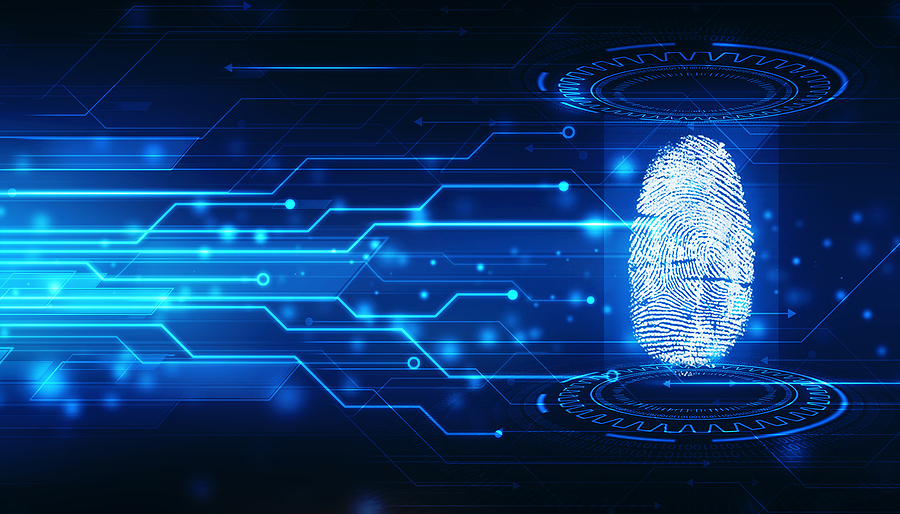In the coming years, it’s likely that we’ll transition more fully toward biometric security (like fingerprint authentication) as technology continues to improve. Biometric identification techniques are simply superior when it comes to security precautions, but what does this really mean? Let’s explore the topic a little more.
List of Contents
What are Biometric Identification Techniques?
So, what do we mean when we say biometric identification? Good question. Biometrics are, in this case, ways of measuring or calculating the body in order to digitally identify someone. As you can probably imagine, there are many different ways this information can be used, but security is one of the top applications.
Examples of Biometric Identification
Here are some common examples to give you a better idea. You’ve likely already heard of a few of these:
- Facial recognition
- DNA matching
- Voice recognition
- Fingerprint technology
- Iris recognition
- Hand or finger geometry
- Ear shape
Historical Fun Facts
One thing you probably aren’t aware of is that the concept of fingerprints as evidence has actually been around for a while. In fact, it’s the oldest method in use as well as the most accurate. Even identical twins don’t share the same prints; they each have their own unique ridges and points that can be used to differentiate them.
In the 1880s, an anthropologist named Sir Francis Galton was the first to suggest that fingerprints could be used to scientifically identify us. Interestingly, he was one of Charles Darwin’s cousins. Studying hereditary traits, Galton determined that not only are there no identical prints, but also that fingerprints remain unchanged throughout our lives. He classified the most common fingerprint patterns as a loop, whorl, or arch, and his findings as still being used all these years later.
Financial Payment Systems
Mainly used as DNA evidence in the past, biometrics are now becoming more prominent in other areas of our lives. For example, if biometric payment cards became mainstream, we could accurately verify a customer’s identity with every purchase.
Of course, if biometric systems were more fully integrated into our everyday lives, it would raise concerns about privacy and data collection, but it would also undeniably cut down on crime.
Biometric Trends
There was a time when the FBI relied on fingerprint cards that were held in the Identification Division, first established in 1924. Remarkably, it wasn’t until 1999 that law enforcement integrated the Automated Fingerprint Identification System (AFIS), eliminated the need for paper records.
In the coming years, we can expect biometric security to advance far more quickly than the FBI’s use of fingerprint technology. Look for growing trends to emerge in areas like healthcare, mobile banking, and traveling across borders.
Fingerprint Security
At Mail Boxes Times, we offer both Livescan, and traditional fingerprinting with ink. You can learn more about the services we offer by clicking here. If you have any questions about the process, please feel free to contact us by calling (310) 276-5076. We’re happy to help you with the right forms and steps.

